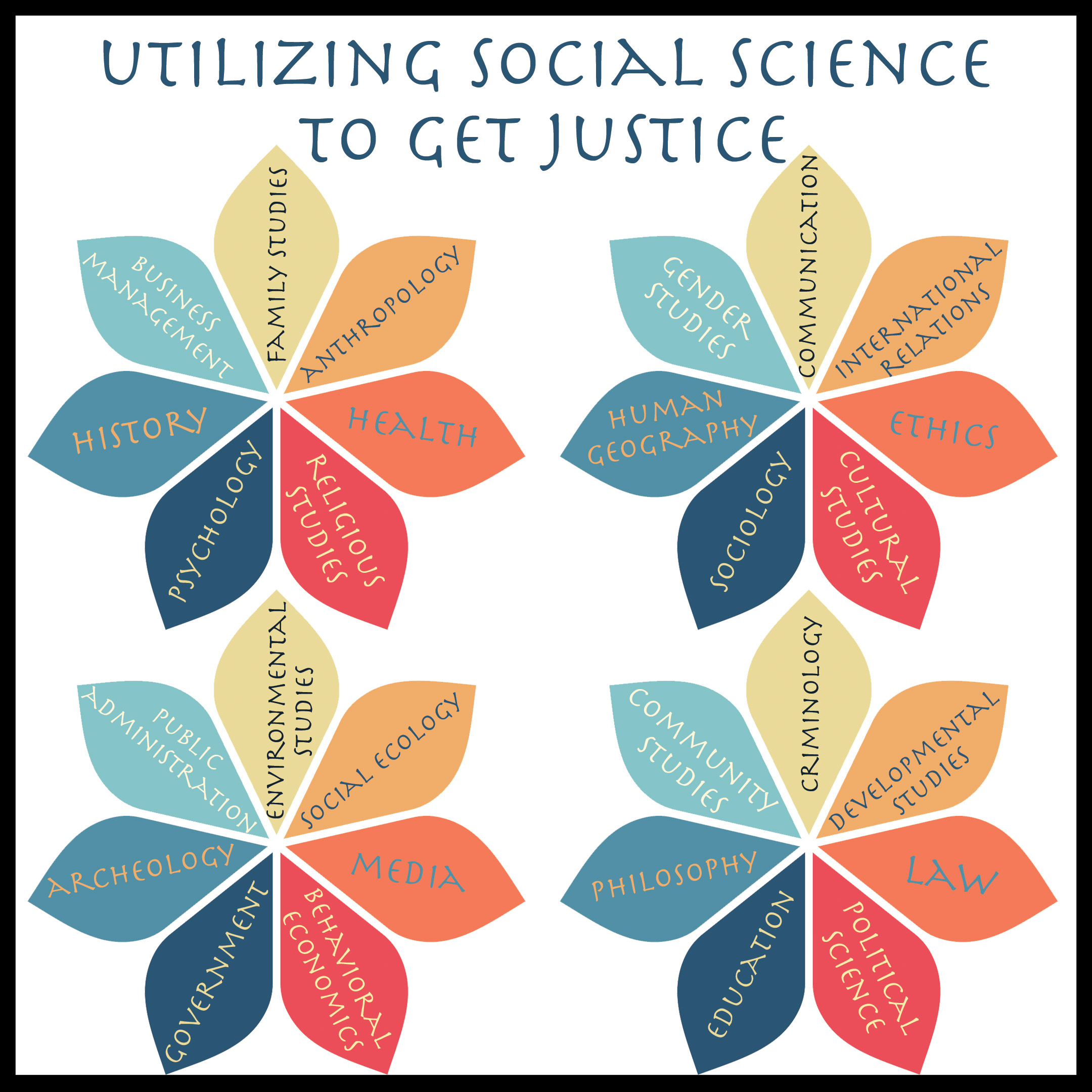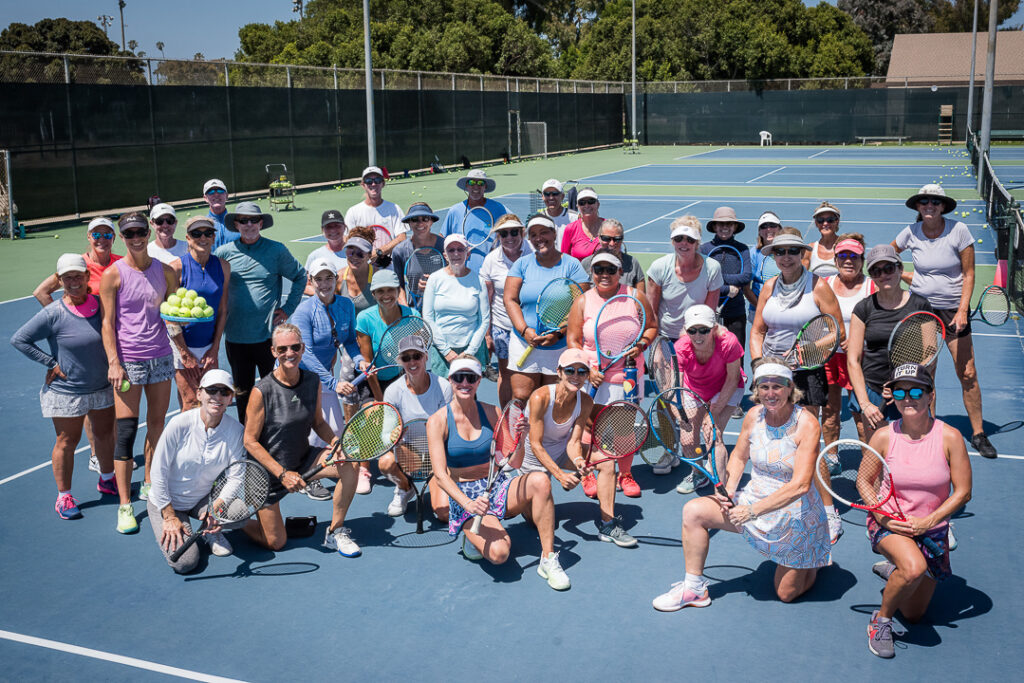
By Robert Simmons
Preface
This article was originally written for the San Diego Union-Tribune as a rebuttal to several articles it had published to promote the business plans of Stephan Boyland and Mike Shinzaki of www.pickleball-sd.com, two unemployed Pickleball pros looking to take over the popular Peninsula Tennis Club in San Diego, a non-profit public park tennis facility that until recently, has operated without incident for over forty years.
- The Tribune unfortunately did no fact-checking of the claims made by Boyland and Shinzaki, many of which turned out to be fabricated, as well as data that was manipulated, all with the intention of converting the non-profit tennis facility into a for-profit pickleball business on public park land.
- By failing to reach out to the tennis facility, the Union Tribune printed several misstatements; unfortunately, The San Diego paper further hurt themselves by claiming that the tennis facility had chosen to make “no comment” on the various false allegations made by Boyland and Shinzaki, when in fact they never talked to anyone from the tennis club, who could have easily refuted the statements made.
The Forebrain Underground staff has attempted to reach out several times to the editors at the Union Tribune, who up to the time of this writing have themselves chosen to make ‘no comment’ in regards to shelving the article which they originally authorized; it is important to note that the article was meant to smooth over a now highly contentious issue in the city of San Diego—one that the paper not only created, but continues to incite.
As the reader will see, the article makes no contentious claims concerning the paper’s mishandling of this situation, nor does it make any claims against anyone else within the pickleball community, other than the ‘nameless’ two pickleball instigators, which the Union-Tribune stipulated could not be personally named in the article, even though their names are used in every one of the paper’s previous articles promoting pickleball.
In the tradition of a more balanced form of journalism, the Forebrain Underground has chosen to run the rebuttal article here for reference purposes.
Public Park Tennis in San Diego
It was exactly 100 years ago (1922) when public park tennis began in San Diego, at the site now known as the Balboa Tennis Club—or ‘Morley Field’—which rests along the northeast edge of Balboa Park.
Tennis players shelled out $5,000 of their own money, and the city provided the land; that has been the arrangement between tennis and the city ever since.
Proudly, San Diego public park tennis still produces college-level athletes from all corners of the city: Siem Woldeab currently plays tennis for the University of Texas (Austin); his sister Winta just completed her first year playing for Columbia University.
Ivan Thamma and Timothy Sah finished their college careers this year at Southern Methodist University and Stanford University, respectively; these are just four of many examples.
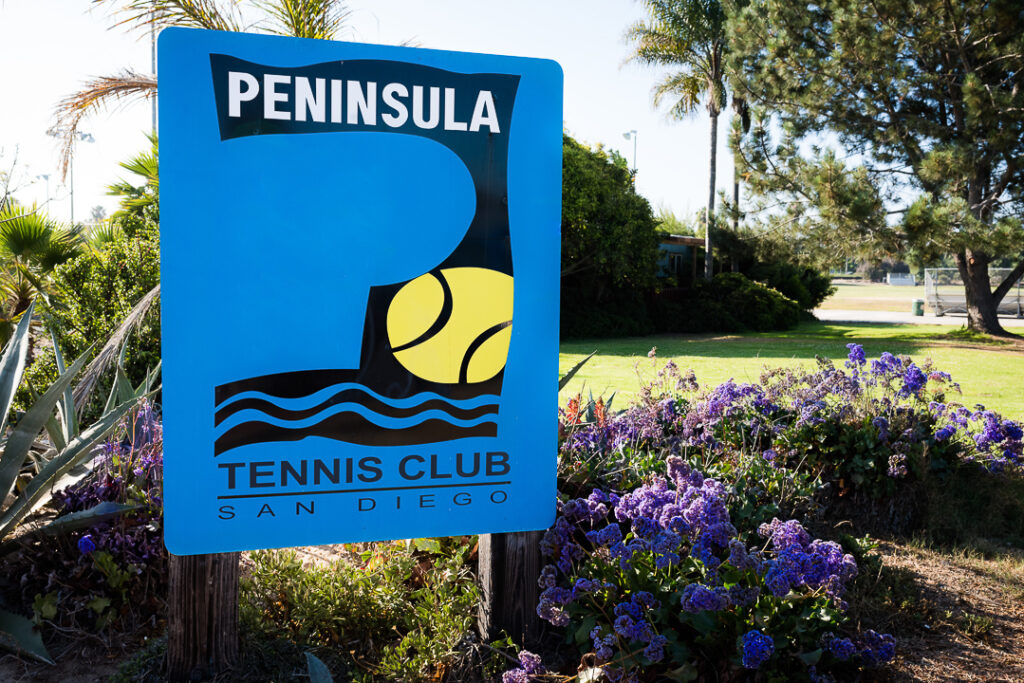
Tennis Booms in the 1970’s
Tennis boomed in San Diego starting in the 1970s, thanks to people like Ed Collins, who taught at Balboa Tennis Club before moving on to coach the University of San Diego Toreros to a top 20 collegiate ranking.
Tennis does add a decade to your lifespan, but only after one commits a lifetime of effort toward mastering it.
The Best Sport for a Longer Life? Try Tennis. New York Times
You can still see him teaching down at Peninsula Tennis Club—the other large public park facility in San Diego—that like Balboa Tennis Club, is funded solely by the tennis players who utilize it.
Fred Kinne (Pulitzer Prize winning editor of what was then known as the San Diego Evening Tribune) also helped further public park tennis during the 70s by spending all his Saturday mornings teaching kids for free down in Balboa Tennis Club’s Stadium Court; many of them went on to have college (and even pro) careers.
People like Kinne and Collins were from that era when delayed gratification was fashionable, and people did things, not because they were easy, but because they were hard; tennis was a perfect fit for these types, and was rightfully dubbed “the sport for a lifetime” — partly because tennis does add a decade to your lifespan, but only after one commits a lifetime of effort toward mastering it.
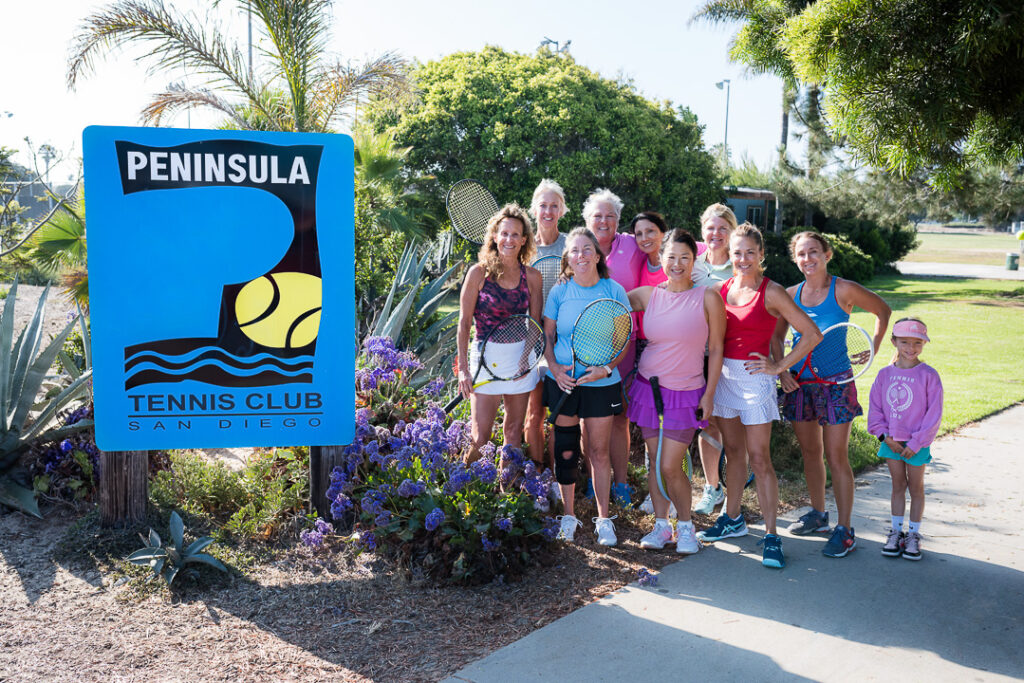
Racket Sports
For those simply looking for a good time, and not some lifelong commitment, other racket sports were created. Beach tennis utilized a volleyball net, which proved too high to allow for much strategy to develop. Paddle (or “pop’) tennis achieved the opposite effect, with a small court and low net, prompting players to viciously whack each other from point-blank range.
Paddle sports slowly evolved to weed out these early glitches; padel is played in an enclosed court like squash or racquetball, offering interesting strategic twists, and pickleball created a kitchen area near the net, along with a less-harmful whiffle ball, so people could whack each other from a safer distance.
- Tennis is currently played by 21.64 million Americans.
- Pickleball boasts 4.8 million enthusiasts, many of whom are tennis players.
The Tennis Community Has Proposed Building Pickleball Courts
If one Googles “pickleball courts, San Diego,” more than 155 public offerings pop up throughout the county, already equivalent to the number of publicly available tennis courts, yet somehow (as you may have heard or read) two pickleballers (armed with very little knowledge about public affairs) want the city to simply hand over the nonprofit Peninsula Tennis facility — built and maintained for 40 years by the 1,600 tennis players who utilize it — so that they may run a for-profit business on it instead.
People within the tennis community, who have sustained a hundred-year working relationship with the city in regard to utilizing and maintaining public park space, felt compelled to help move the process along in a more positive direction; the San Diego District Tennis Association (along with key members of the tennis community) are currently negotiating with the city to build a facility dedicated exclusively to pickleball — which the tennis community plans to fully finance — because this singular and single-minded pickleball pair refused to take that same deal when the city offered it to them several months ago.
San Diego pickleball accommodations are frankly a little embarrassing, with pickleball addicts forced to sneak around and put painter’s tape down on whatever paved surface they can appropriate, rather than enjoy the experience of playing on real pickleball courts.
There is space to build pickleball courts at Dusty Rhodes Park
True, the noise pickleball makes is a little off-putting (homeowners all over the country are suing), which is why the tennis community has proposed a site like Dusty Rhodes Park, which is already buffered and contains necessary infrastructure like parking and bathrooms.
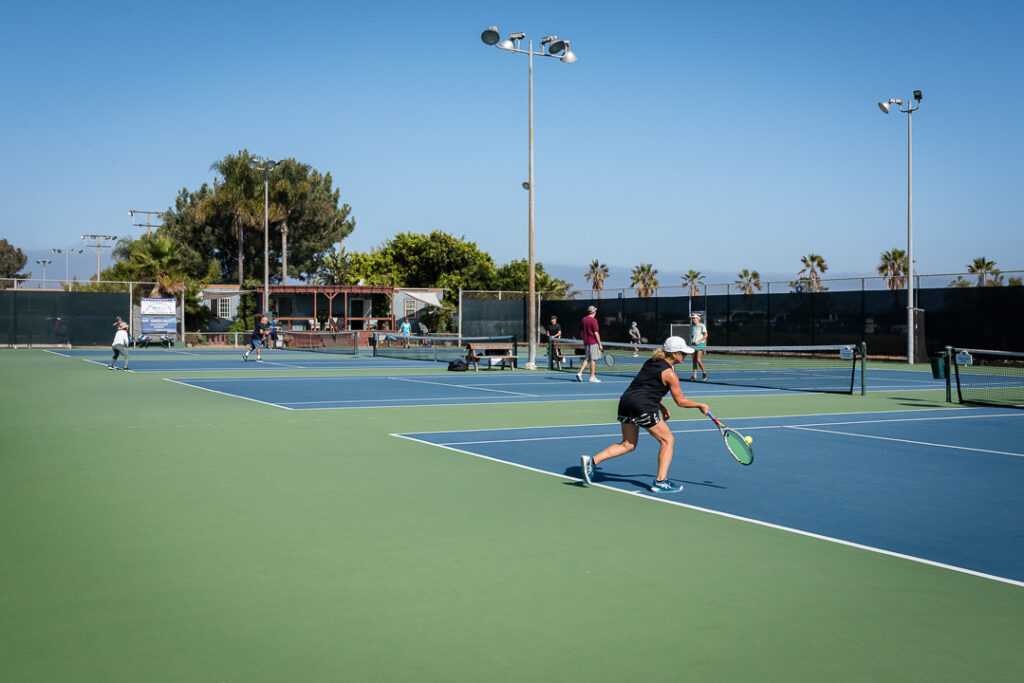
There’s Enough Room For Both
To some readers, the problems of two little racket sports may not amount to a hill of beans in this crazy world, but the parable of the pernicious pickleballers can be instructive, as a significant number of Americans have also recently lost their courts (and I do not mean tennis courts) to the same misplaced logic that divides every political conflict in America.
The good news is that our city seems to understand what democracy is (and is not) and attempted to empower pickleball with the equal opportunity to build their own courts.
It did not favor or displace one group at the expense of another; it did not attempt to make lifestyle choices for anyone.
Tennis, playing the role of the establishment, was a little defensive initially, fearing this hostile takeover, but did the right thing in the end, by actively facilitating an inclusive solution, rather than pushing anyone to the fringes, which has traditionally been an American recipe for disaster.
Simmons has been a tennis player and teaching professional for 40 years in San Diego County, the last 21 years at Peninsula Tennis Club. He lives in University Heights.
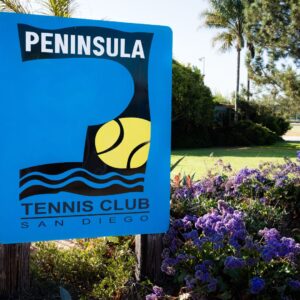
 On The Front Lines: The Battle for a Democratic Version of Healthcare
On The Front Lines: The Battle for a Democratic Version of Healthcare